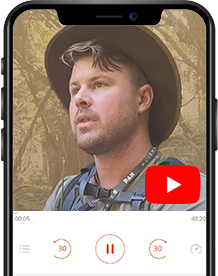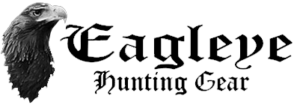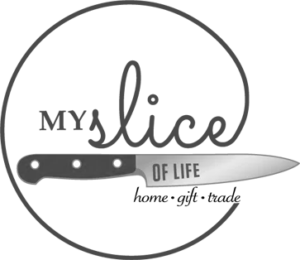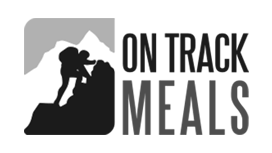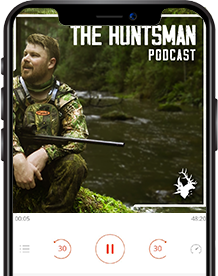“I’m glad to say The Huntsman continues to impress. Seeing the Aussie landscape showcased in 4K HD remains a delight.”
Deer are a destructive invasive species in Australia that compete with livestock and native animals for feed, cause soil compaction and erosion, spread weeds, damage fences, and are particularly troublesome when coming through your windscreen at high speed.
They also taste delicious.
Deer therefore sit somewhere between being a right headache for some, and a delight for others. They are hated and they are loved. Deer in Australia are definitely a problem, but they are also, often, a solution.
Episode Two of the Huntsman explores this twilight zone as Chris hits the paddocks on a grazing property in search of game and good times with friends Michael and Habeeb .
The episode kicks off like many hunts with a couple of rounds to sight in the rifle. Episode guest Michael takes Chris through some handy shooting positions all hunters should practice – sitting, kneeling and standing. While the extendable monopod attachment used in the demonstration clearly makes things easier, it’s a good reminder that dynamic, real-life hunting situations are unlikely to involve a benchrest and an imobile target. When taking a shot in the field, practice really does make perfect.

The show clearly wants to showcase hunters in our community and it was nice to see some fresh faces in Episode 2. I would have liked to get to know Michael and Habeeb a little better though and understand why they made an appearance that episode. After sweating through a 35 degree day, the boys hit the paddocks in the late afternoon.
Having hunted exclusively in state forests I was keen to see the team’s approach to stalking game in open country. The gentle slopes and scattered trees didn’t provide much in the way of cover and had Chris commando crawling his way to a herd of fallow to avoid being skylined. Despite the military tactics some black angus gave the game away and the opposite slope, previously teeming with nearly three dozen deer, emptied in a flash.
This was the theme for the first half of the episode: abundant but touchy game that spooked, or fed, or trotted its way to safety. Watching fallow prance and dance before the rifle sights is something I think we’ve all experienced and boy oh boy, was I getting frustrated.

And that’s something I appreciate about The Huntsman. The show itself is kind of like a hunt. Sure, you can land a great deer on your first day in new country, but it’s unlikely. Just like this episode you often have to wait, swallow disappointment, try and fail yet again.
But persistence does pay off.
Just at the point my feet were getting itchy, Chris gets a deer on the deck. It’s a good shot on a good animal and a great feeling. The young spiker appears the following day covered in breadcrumbs as venison schnitzel, a fail-safe way to enjoy your harvest and a family favourite.
This point of the episode touches on something very important to the future and character of Australian hunting – the interplay between pest management, food, and fun.
The ferals – pigs, goats, foxes, rabbits, hares, cats, and deer, among others – are a huge problem for Aussie farmers. According to federal government modelling, farmers lose $12 million every year to feral cats, over $150 million to pigs, a whopping $200 million to foxes, and $69 million to deer, which cause an extra $4 million in damages due to train and car crashes. And of course let us not forget the rabbit proof fence, an almost 2000 km testament to the destructiveness of the bunny, and the miracle of myxo and calicivirus. For better or worse, these animals are here to stay. Indeed the populations of many of them are growing.
So where does hunting fit into the mix? Well the synergy here is plain to see. Farmers have too many ferals, hunters enjoy shooting them, and we all enjoy eating them. Episode two of The Huntsman reminds us that hunters have a stake in natural resource management. Strong and enduring ties with farmers and their businesses provides our community with legitimacy, not just private paddocks to shoot on.
In The Huntsman Chris and his team also treat the farm and the livestock with respect and are clearly the type of blokes who close the gate behind them. We need more of that country etiquette and respect not just on farms, but in our state forests, too. And while other forms of management are needed to keep the ferals in check, I believe viewing these animals as a valuable resource – rather than just a costly problem – will deliver long term benefits to the community as a whole.
But I think I’ve chewed the fat enough, let’s get back to the hunt.

Episode two is titled “Ultimate thermal hunting weapon” for a reason, and the last third of the show is where the fun really kicks in. I’ve used thermal monoculars before, but the SpydaBot VENOM is, as the name suggests, a different beast entirely. While it might sound like the latest villain in the Marvel cinematic universe, the SpydaBot is actually a remote controlled thermal, mounted to the roof of a ute and wirelessly connected to a screen in the cab.
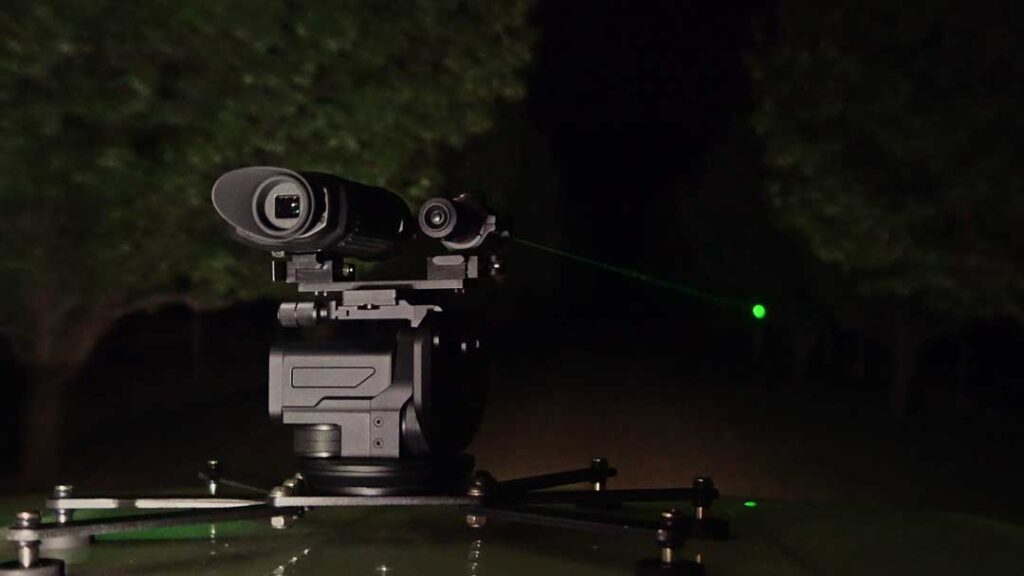
Nothing could hide from the SpydaBot’s gaze and watching the boys in action was incredibly entertaining. The vision from the thermal was amazing and showcased just how high tech hunting has become in the last few decades. Forget spotlighting with a cracked halogen on the back of a paddock basher; the future of hunting is now. The glowing profiles of foxes and deer were quickly dispatched – one less feral for the farmer to worry about.
I did notice the thermal gamified the experience a little. Staring at that screen you could just as easily be at home on the PlayStation as in the back of a Hilux. That said, the effectiveness of the technology and its use case in controlling pests was abundantly clear. As a state forest hunter I’m not sure I’d cough up the dough for it, but as a farmer or contract shooter it would be invaluable.
I’m glad to say The Huntsman continues to impress. Seeing the Aussie landscape showcased in 4K HD remains a delight, and I enjoyed the very noticeable change in both terrain and hunting style from episode one. I’m looking forward to the new game, food and places the show will take us next.

David Barnott-Clement is a hunter, science communicator and conservationist.
